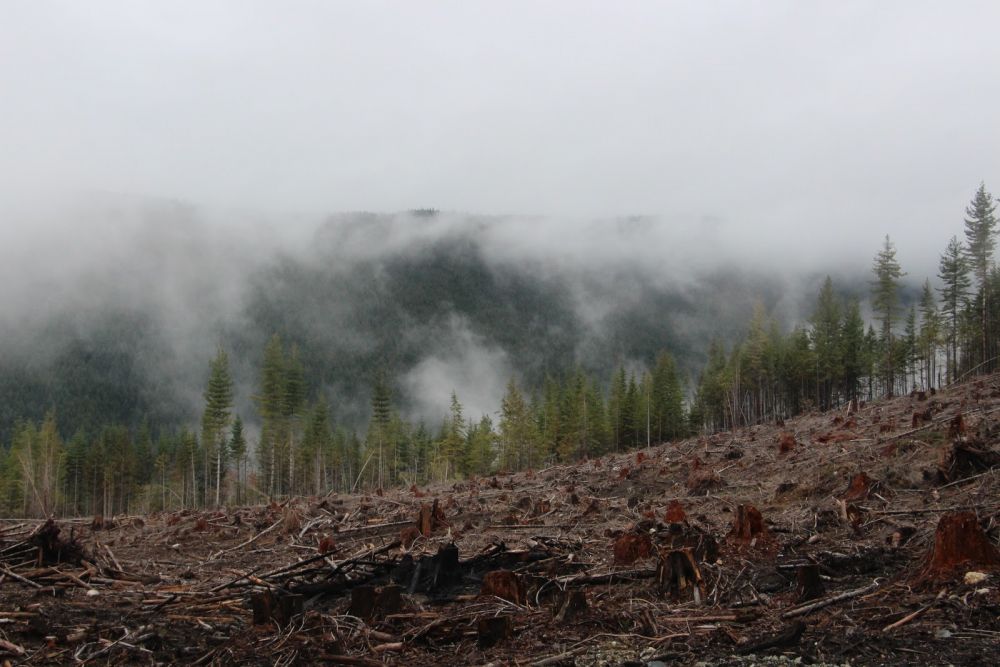Australian authorities blind to habitat destruction
A recent study led by the University of Queensland reveals massive amounts of unchecked habitat clearance continues in Australia despite environmental legislation.

A recent study led by the University of Queensland reveals massive amounts of unchecked habitat clearance continues in Australia despite environmental legislation.
Done in collaboration with the Australian Conservation Foundation, WWF Australia and the Wilderness Society, the study uses remote sensing to quantify the loss of potential habitat and communities in Australia since the implementation of Australia’s “flagship” environmental legislation, the Environment Protection and Biodiversity Conservation Act 1999 (EPBC Act).
7.7m hectares of land were cleared in Australia between 2000 and 2017. Over 93% of this had not been referred to the Federal Government, and therefore was not regulated by the EPBC Act.
This land clearance severely weakens and destroys habitats; the habitat clearances caused losses to 84% (1,390) of the terrestrial threatened species studied. The famous Australian species, the koala, lost 2.3% of potential habitat while other species suffered even higher losses, including the Mount Cooper striped skink (25%), Keighery’s macarthuria (23%) and the Southern black-throated finch (10%).
“These are the species threatened with extinction,” says lead author Michelle Ward, “If we don’t stop their habitat loss, they’re going to go extinct.”
Australia already has one of the highest extinction rates in the world, and the study serves as a damning indictment of the environmental laws put in place to tackle this issue. Policy analyst at the Australian Conservation Foundation and a co-author of the study, James Trezise says, “To potentially have more than 93% of threatened species habitat loss unregulated is completely unacceptable and demonstrates a massive compliance failure under the EPBC Act”. He says the laws “systematically failed to protect threatened species and their habitats”.
In light of upcoming talks for new post-2020 targets under the Convention on Biological Diversity, Ward recommends that “the act should be amended so that critical habitat is mapped, available to stakeholders and fully protected from further destruction.''
James Watson, another co-author from the University of Queensland and the Wildlife Conservation Society, adds that Australia is “doing dismally” at stopping species extinction. “It’s globally embarrassing. The quicker we get a review and get it working, the better.”
The study was published by Wiley Periodicals, Inc. on behalf of the Society for Conservation Biology, and can be found here.
